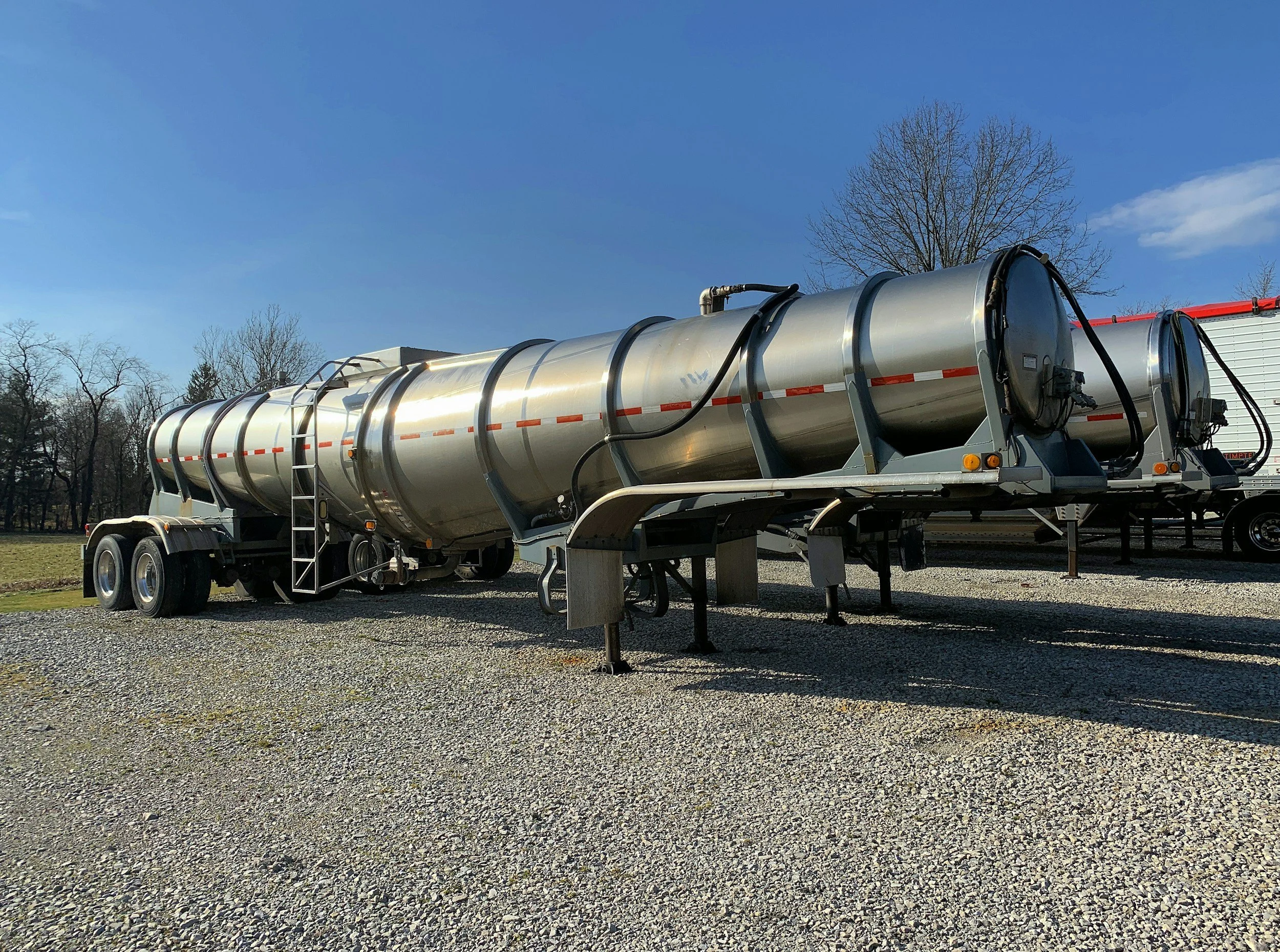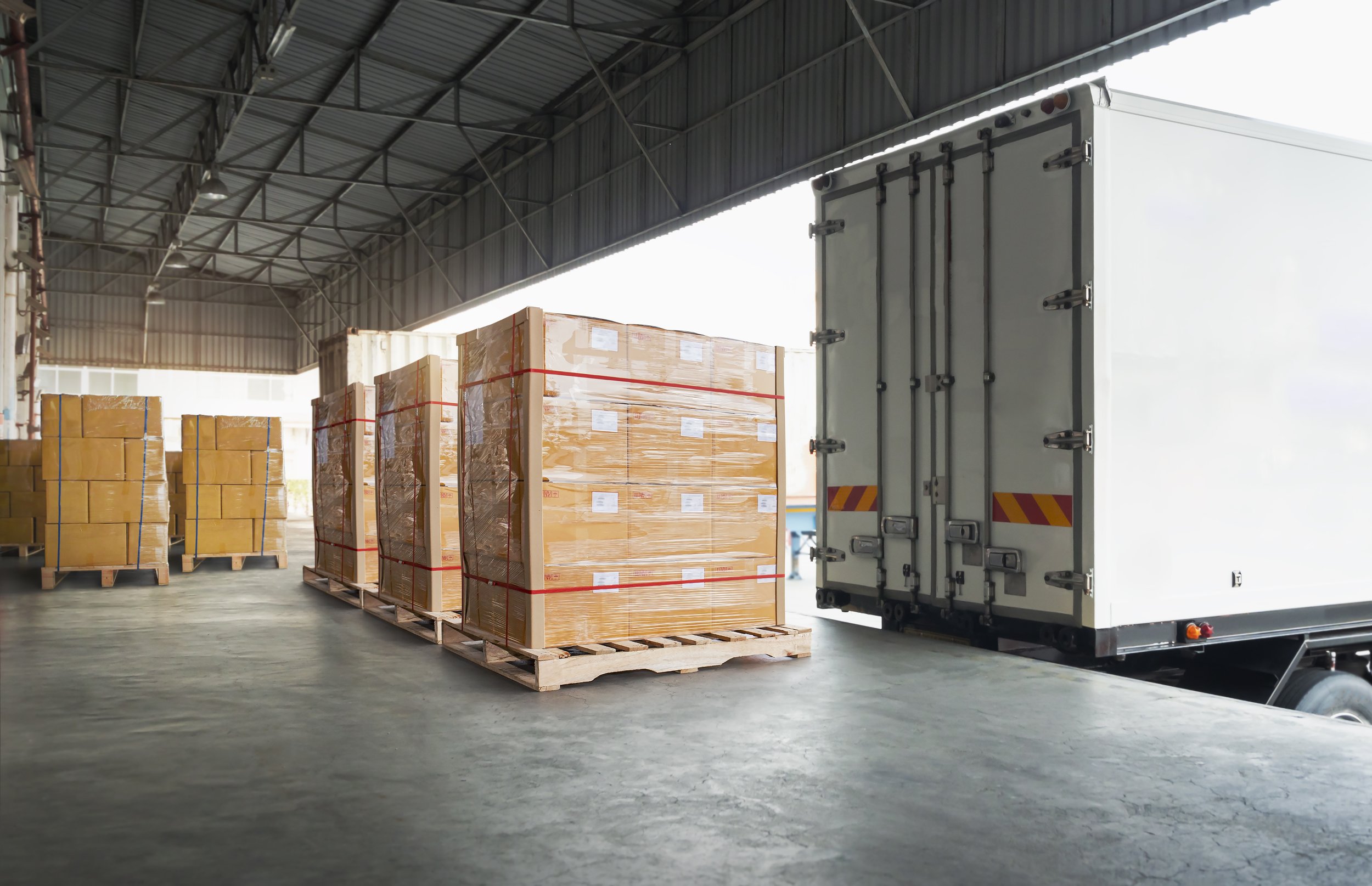
Freight All Kinds (FAK) Shipping with Forsla
Forsla offers Freight All Kinds (FAK) shipping solutions that incorporate a FAK-pricing strategy to help businesses streamline freight classification, reduce costs, and collaborate with freight forwarders to move multi-product loads with ease. Through customized FAK-freight services, Forsla groups multiple freight classes under one simplified rate, making LTL shipping faster, cleaner, and more cost-effective.
Freight All Kinds (FAK) Shipping with Forsla

Freight All Kinds (FAK) is a pricing agreement allowing different freight classes to be billed under a single rate. Instead of pricing each SKU separately, Forsla’s FAK shipping solutions groups them together.
This model simplifies freight billing, reduces disputes, and makes transportation costs predictable while providing substantial savings. At Forsla, we negotiate FAK agreements with freight forwarders and carriers, allowing clients to consolidate shipments based on total weight and pay a single rate across varying product classes, thereby improving margin control.
What Is the Freight All Kinds Rate?
The FAK rate is a negotiated LTL or FTL shipping rate that covers multiple NMFC classes under a unified price. The FAK pricing model charges the same freight rate for all types of freight in a shipment, regardless of individual product classifications. Forsla’s expertise ensures that our clients receive competitive freight rate simplification structures for shipping density-based commodities, including the benefits of a single tariff classification, while protecting service levels.
How Does Freight All Kinds (FAK) Work?
Understanding FAK Shipping Terms with Forsla
Forsla’s FAK shipping solutions for businesses include options that provide substantial benefits.
Multi-class freight shipping consolidated under a single billing line
Freight classification services to audit and structure SKUs for FAK eligibility
Streamlined freight invoicing for faster back-office processing
Grouping various classed commodities into a single class through FAK simplifies the shipping process and helps achieve more equitable rates for both shippers and carriers
How Does Forsla Manage FAK Service?
Our FAK freight services help clients manage the commodities shipped:
Bundle different classed commodities into a single shipment profile
Lower average cost per shipment through freight consolidation under FAK
Align shipping contracts with actual cargo movement patterns
We actively manage carrier negotiations, track shipment weight and classes, and ensure NMFC classification simplification to preserve FAK terms during audits.
Benefits of Choosing Forsla for FAK Shipping
Predictable pricing even with mixed commodity loads
Lower freight administrative costs
Easier claims management
Improved carrier relationships through clear, consistent classification
Our programs are designed for FAK freight for e-commerce and retail, manufacturers, and multi-category distributors, including options for smaller shipments.
How Freight Optimization Works Under FAK Terms
Forsla focuses on freight optimization with FAK terms by ensuring lower costs for higher-class shipments:
Auditing commodity profiles regularly
Negotiating class breaks strategically
Managing class-based freight shipping solutions for better routing and pricing
Understanding the difficulty involved in moving specific products, which directly influences the freight classification and corresponding shipping costs
Freight All-In usually refers to an all-inclusive shipping rate that covers freight, fuel, accessorials, and handling. While related, FAK focuses on averaged FAK classification and freight classification rather than full-cost bundling, including ocean freight. Forsla can help design both models for the shipping processes, where needed. When items of varying freight classifications are shipped together, the entire pallet is categorized according to the goods that have the highest classification.
Forsla Offers Freight All-In Solution
Why Choose Forsla for All Kinds of Freight Shipping?
We aren’t just a freight broker — we are a FAK logistics company that engineers smarter shipping agreements for each shipment, manages compliance, and adapts FAK programs to improve operations ratios as your business evolves. Identifying the appropriate FAK commodity codes for the shipper's freight can help reduce costs and streamline logistics operations.
“Forsla’s FAK solutions helped us manage hundreds of SKUs without drowning in paperwork or unpredictable rate swings.”
Simplify Your Freight with Forsla’s FAK Programs
Let us build a streamlined, scalable, and cost-effective FAK shipping program that provides substantial benefits tailored to your business. For further assistance in optimizing your shipping costs, feel free to reach out to our team.
Frequently Asked Questions
-
Freight All Kinds (FAK) is a pricing agreement that allows different NMFC freight classes and SKUs to be billed under a single freight rate. Forsla applies this FAK-based pricing model to simplify the shipping and invoicing process for varied SKUs. By grouping items of multiple classifications under one FAK structure, we help businesses eliminate classification guesswork and maintain consistency in LTL billing.
-
FAK agreements negotiated by Forsla reduce the administrative burden on shippers by removing the need to manage separate rates for each type of cargo. These agreements provide predictable FAK freight rates with LTL carriers, streamline the entire LTL process, and ensure that shippers get the best possible rates. FAK also simplifies claims management and improves carrier relationships by promoting consistency in classification.
We also offer load-to-ride freight pricing models for PTL to minimize handling and optimize value.
-
Forsla specializes in combining several NMFC codes into a unified FAK structure. We audit your product catalog, identify freight classification overlaps, and manage NMFC mapping to build accurate shipment profiles. By using a transportation management system and aligning shipments with actual cargo movement, we ensure that each shipment — even those containing mixed freight pallets — qualifies for a simplified, consistent FAK rate.
-
Yes. Forsla’s FAK programs group multiple NMFC-classified commodities into a negotiated FAK rate, helping clients avoid reclassification penalties and reduce cost per hundred weight. Since the NMFTA assigns higher freight classes to more difficult-to-move products, our FAK solutions allow for more favorable average rates even with higher-class shipments. This results in substantial freight savings and better margin control across your logistics operations.
-
FAK shipping terms are ideal for e-commerce businesses, industrial distributors, manufacturers, and multi-category retailers who need to efficiently transport multiple products under different classifications. Businesses that regularly ship mixed freight pallets — especially those involving several NMFC codes — benefit from reduced shipping costs, simpler freight management, and a more scalable freight carrier strategy. Forsla’s FAK solutions integrate seamlessly with your transportation management system to improve the entire LTL process.
-
FAK freight rates allow for the consolidation of freight classes under a single pricing tier, enabling shippers to manage rate expectations and budget with more accuracy. This model supports shipment bundling, reduces disputes, simplifies the invoicing process, and aligns contracts with real shipping behaviors. As a result, FAK enhances operational efficiency and supports long-term logistics planning.
-
Freight All Kinds (FAK) focuses on grouping multiple freight classes under a single rate for LTL or FTL shipments. Freight All-In, on the other hand, refers to an all-inclusive rate that typically covers freight, fuel, accessorials, and handling. While related, Forsla treats these as distinct strategies — and can help businesses design both models where needed. For FAK, the focus is on averaged freight classification and NMFC simplification; for All-In, it’s on bundling full cost components like ocean freight into a single rate.





